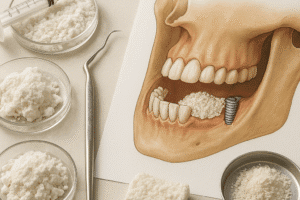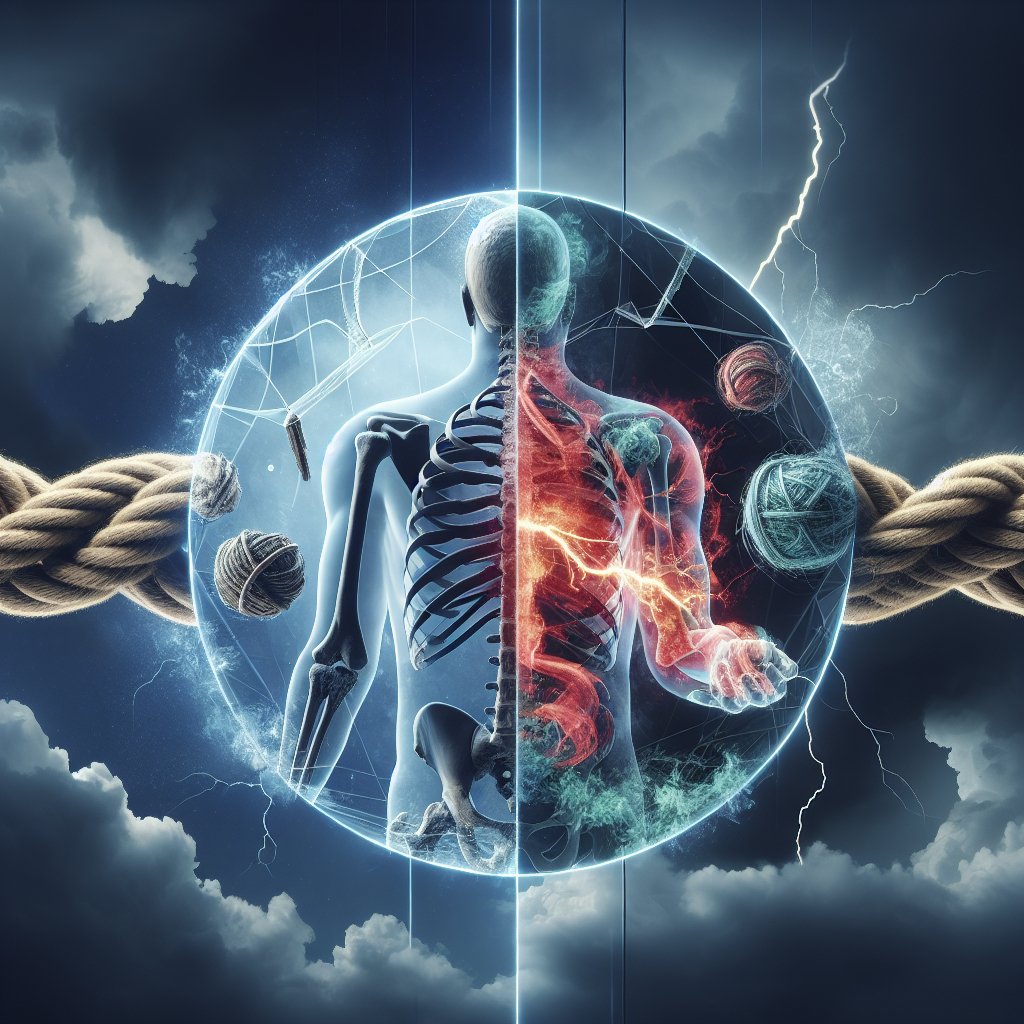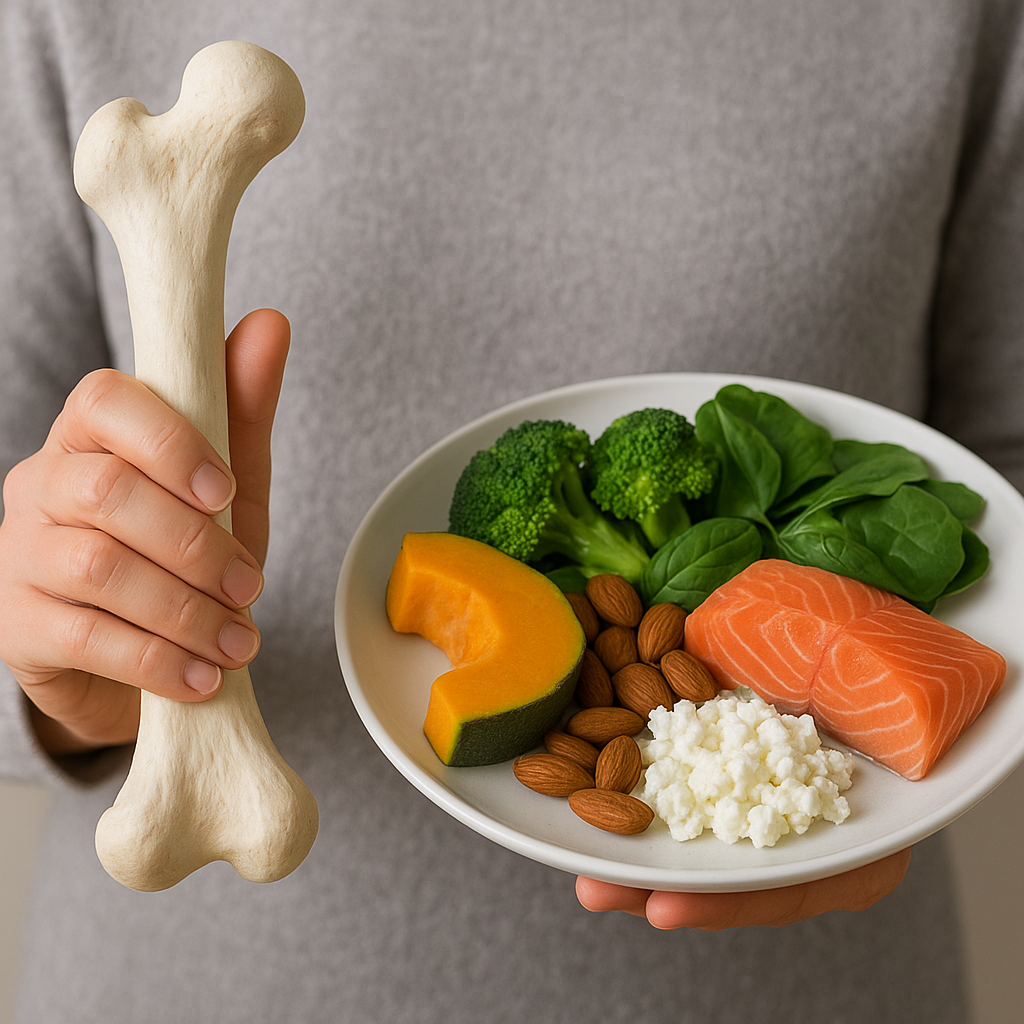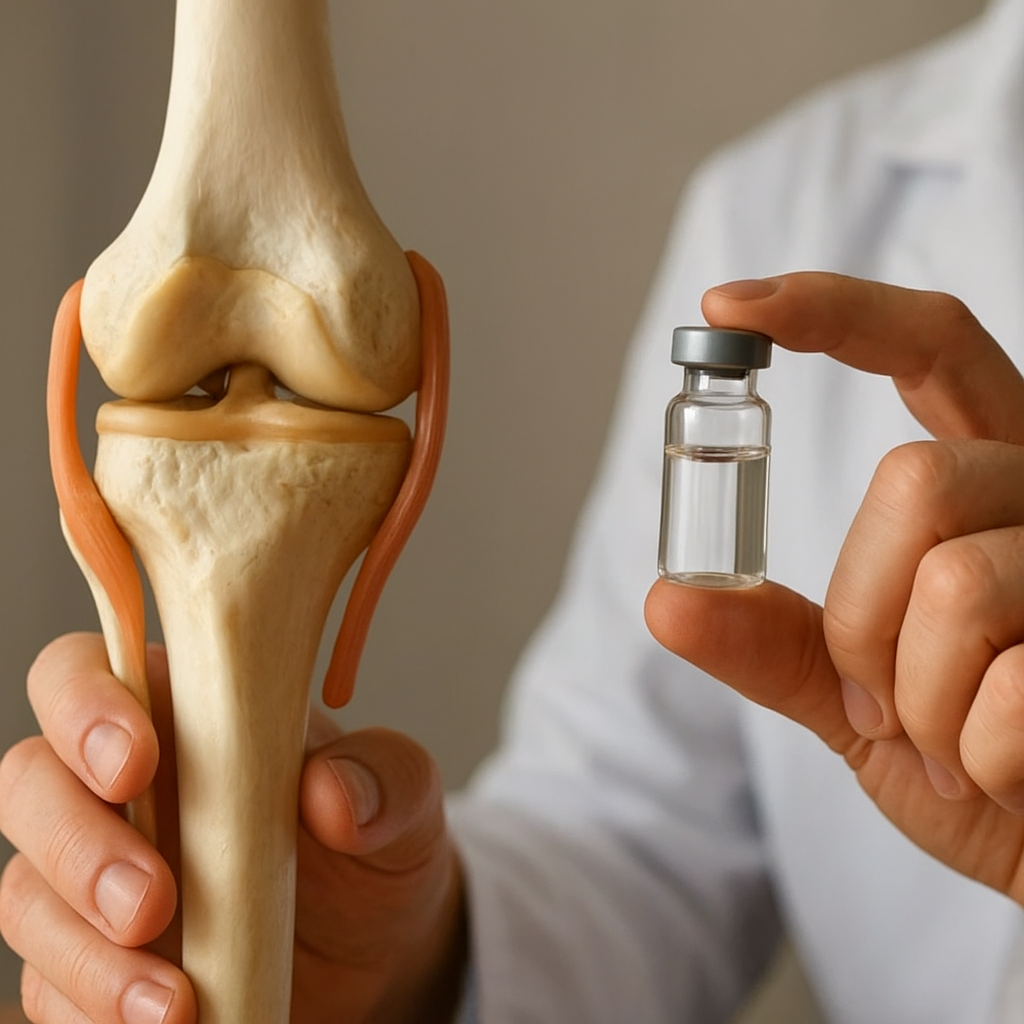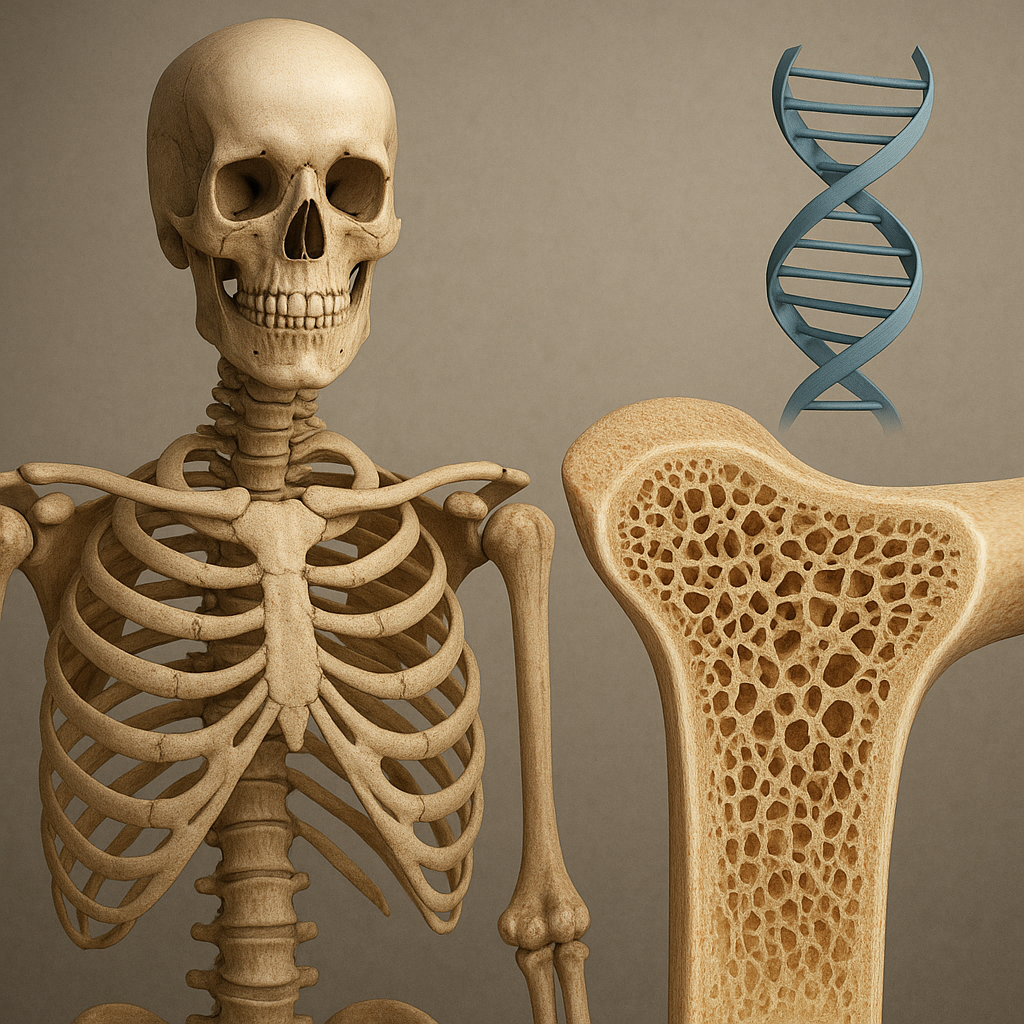The relationship between fractures and chronic pain syndromes is a complex and multifaceted issue that has garnered significant attention in the fields of medicine and rehabilitation. Understanding how fractures can lead to long-term pain conditions is crucial for developing effective treatment strategies and improving patient outcomes. This article delves into the mechanisms that connect fractures to chronic pain syndromes, explores the various types of fractures, and discusses the implications for treatment and management.
Understanding Fractures and Their Impact on the Body
Fractures are breaks in the continuity of bone, often resulting from trauma, overuse, or underlying medical conditions. They can vary in severity, from simple hairline fractures to complex breaks that involve multiple fragments of bone. The impact of a fracture extends beyond the immediate physical injury; it can also lead to a cascade of biological and psychological responses that may contribute to chronic pain syndromes.
Types of Fractures
Fractures can be classified into several categories based on their characteristics and causes:
- Acute Fractures: These occur suddenly due to trauma, such as falls or accidents. They are often associated with immediate pain and swelling.
- Stress Fractures: These are small cracks in the bone that develop over time due to repetitive stress or overuse, commonly seen in athletes.
- Pathologic Fractures: These occur in bones weakened by disease, such as osteoporosis or cancer, and can happen with minimal or no trauma.
- Compound Fractures: These involve a break in the skin and expose the bone, increasing the risk of infection and complicating healing.
The Healing Process
The healing process of a fracture typically involves several stages: inflammation, repair, and remodeling. During the inflammation stage, the body responds to the injury by sending blood and immune cells to the site, which can lead to pain and swelling. In the repair stage, new bone tissue forms, and in the remodeling stage, the bone gradually returns to its original shape and strength. However, this process can be disrupted, leading to complications such as non-union or malunion, which can contribute to chronic pain.
The Link Between Fractures and Chronic Pain Syndromes
Chronic pain syndromes are defined as pain that persists beyond the normal healing time, often lasting for months or even years. The link between fractures and chronic pain can be attributed to several factors, including biological, psychological, and social influences.
Biological Mechanisms
Several biological mechanisms may explain how fractures can lead to chronic pain:
- Nerve Damage: Fractures can damage surrounding nerves, leading to neuropathic pain, which is characterized by sensations of burning, tingling, or shooting pain.
- Inflammation: The inflammatory response following a fracture can become chronic, leading to ongoing pain even after the bone has healed.
- Central Sensitization: This phenomenon occurs when the nervous system becomes overly sensitive to pain signals, resulting in heightened pain perception and the development of chronic pain syndromes.
Psychological Factors
The psychological impact of experiencing a fracture can also play a significant role in the development of chronic pain. Factors such as anxiety, depression, and fear of re-injury can exacerbate pain perception and hinder recovery. Patients who experience significant emotional distress following a fracture may be more likely to develop chronic pain syndromes.
Social Influences
Social factors, including support systems, occupational demands, and lifestyle choices, can also influence the relationship between fractures and chronic pain. Individuals with strong social support may experience better outcomes and lower levels of chronic pain, while those facing social isolation or high-stress environments may be at greater risk.
Implications for Treatment and Management
Understanding the link between fractures and chronic pain syndromes is essential for developing effective treatment strategies. A multidisciplinary approach that addresses the biological, psychological, and social aspects of pain is often necessary for optimal recovery.
Rehabilitation and Physical Therapy
Rehabilitation plays a crucial role in the recovery process following a fracture. Physical therapy can help restore function, improve strength, and reduce pain. Tailored exercise programs that gradually increase in intensity can aid in the healing process and prevent the development of chronic pain.
Pharmacological Interventions
Medications may be prescribed to manage pain and inflammation following a fracture. Nonsteroidal anti-inflammatory drugs (NSAIDs) are commonly used, but in cases of chronic pain, more complex pain management strategies may be required, including the use of opioids or adjuvant medications such as antidepressants or anticonvulsants.
Psychological Support
Addressing the psychological aspects of pain is equally important. Cognitive-behavioral therapy (CBT) and other psychological interventions can help patients cope with the emotional challenges of recovery and reduce the risk of developing chronic pain syndromes. Mindfulness and relaxation techniques may also be beneficial in managing pain and improving overall well-being.
Education and Self-Management
Patient education is vital in empowering individuals to take an active role in their recovery. Understanding the healing process, recognizing the signs of chronic pain, and learning self-management strategies can help patients navigate their recovery journey more effectively.
Conclusion
The link between fractures and chronic pain syndromes is a significant concern that requires a comprehensive understanding of the underlying mechanisms and contributing factors. By addressing the biological, psychological, and social aspects of pain, healthcare providers can develop more effective treatment strategies that improve patient outcomes and enhance the quality of life for those affected by fractures and chronic pain. Ongoing research in this area will continue to shed light on the complexities of pain and inform future approaches to management and rehabilitation.





